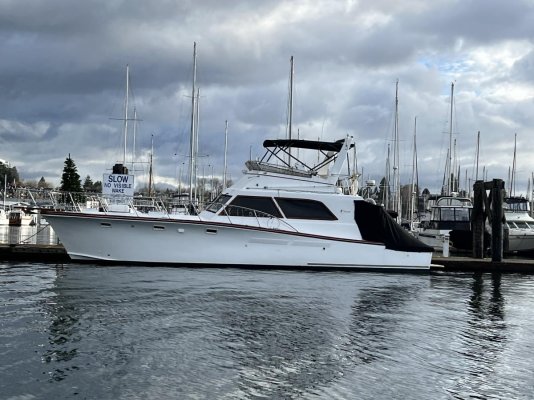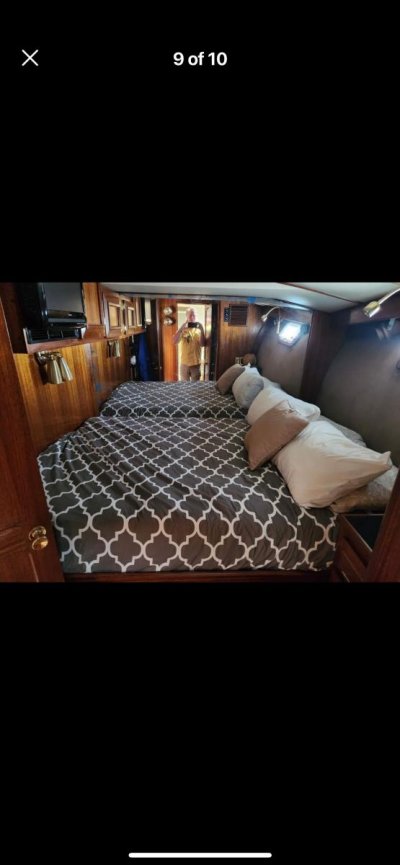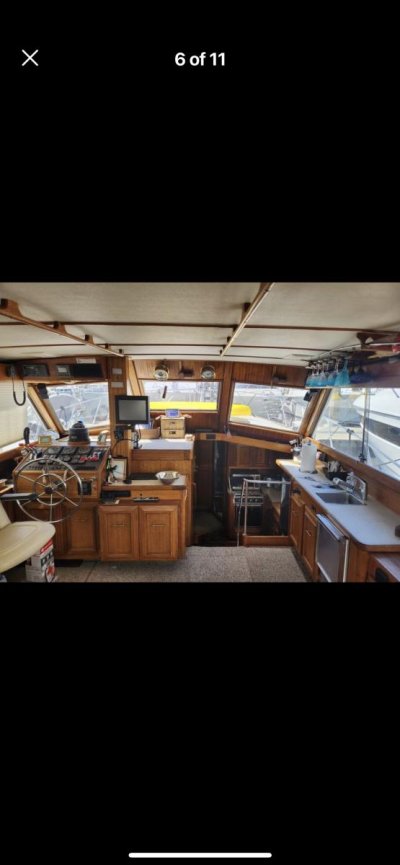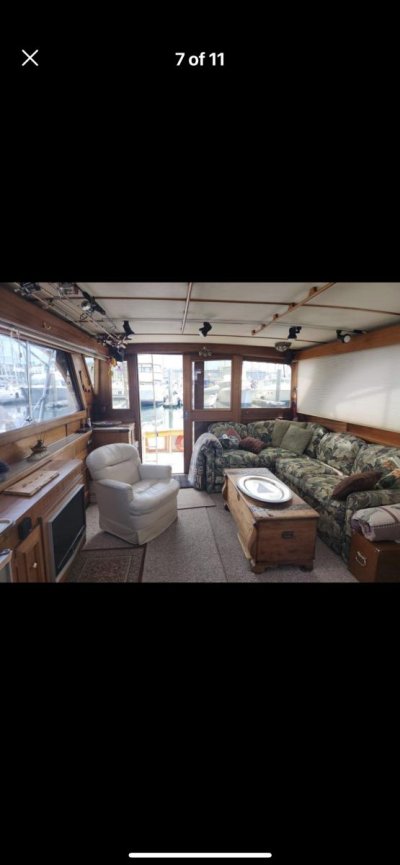Having lived in the Caribbean for over 20 years I know that the heat is something to get used to.
Yes you can have an airco running all the time, but that will drain your fuel tank just as fast as a fast cruiser can. Expect to burn at least 20 - 30 gallons per day for the generator. Per month you would be looking at 600 - 900 gallons and to me that is a lot of money. Heard fuel prices are around 6 USD per gallon in the Bahama's, so you are talking 4000 - 5000 USD per month just for the generator.
So if you have the chance, invest in a large aray of solar (2 Kwp minimum) and some LiFEPO4 batteries. You will earn the investment back in no time if you spend a lot of time on the water. If you plan to spend a lot of time in marinas then it won't be necessary.
Instead of airco you can also look for a boat with a lot of natural ventilation. There is always a nice breeze in the Caribbean, which you can use for cooling purposes. Only problem is that it is salt air, so keep that in mind.
A boat where you can block direct sunlight will help cool down the boat a lot.
A watermaker is a must, but it is not necessary to get a heavy one. If you can make around 40 - 50 gallons per day in 2 or 3 hours time you have more than enough to satisfy your needs. A smaller water maker can also run off the solar panels, thereby not draining your batteries.
Another must would be, at least for us, stabilizers. Having stabilizers will enable you to stay out on anchor with much rougher weather than without them. However, you will need zero speed stabilizers and a gyro is not the best option. A gyro guzzles electricity and has a long spool up time.
If the boat has a mast you can use flopper stoppers to keep the boat a bit calmer at anchor.
Enough cooling capacity is a must. It will save you tons of money if you can stock up in an affordable supermarket with no need to go shop in the Bahama's for at least one month or more. We have 2 freezers and 2 fridges, plus converted one of the heads into a wine cellar/storage area. As a result we can carry almost 2 months in supplies. Meat and frozen vegetables, plus prepared (plus portioned) pasta's and rice dishes with the fresh vegetables (now frozen of course) in the freezers. One fridge for drinks and vegetables, other one for open milk, butter, cheese as well as vegetables etc. Fresh vegetables you can keep fresh (with some tricks) for up to 3 weeks. We are lucky to be able to find good fresh vegetables for a good price, but good quality meat can be a problem so we stock up. Always buy frozen meat, you never know what happened with the so called fresh meat (perhaps was already frozen once).
We also have a bread maker onboard, so we make our own bread if we are far away from a village. Wheat needs to be kept in the freezer if you want it to remain usable in the hot climate.
As for the shower I would think about compromising. We have both a shower and a wet head. Wet head is now our storage room, shower in the other head only gets used in winter time.
You are going to spend a lot of time in the Bahama's, it is always warm, so if you are not too shy you can use the transom shower. In case of rain it is not going to be cold, so you can still shower that way or you just don't shower for a day. In the morning I usually stumble out of bed, climb up the stairs, stumble to the side of the boat and drop into the sea. Instant wake up and ready for coffee

If you want to keep the wife happy think about a washing machine and small dish washer. You will also be happy since they use less water than if you would be doing it all by hand.
If you spend a lot of time on anchor think about a trash compactor and in any case throw remains of food overboard. Fish will love you and the boat won't start to smell. Also makes fishing a lot easier when the fish know you will feed them every day.

As for cruiser or trawler ?
It is nice to have the speed to outrun bad weather. We don't have that, so we have been caught in some horrendous storms, whereas others were able to make it to safety in time. However, a trawler is also capable of handling that bad weather better than a cruiser.
Fuel economy is important to us, we don't want to be burning 300 or 400 or even 1000 euro per day. Most fast boats do around 100 - 200 ltrs per hour (30 - 50 gallons per hour) at 20 kts, we burn 1.8 gallon per hour on 1 engine at 5 kts. 20 miles will take us 4 hours instead of 1, but we only burn 7.2 gallons instead of 30 to 50.
Yes you can throttle down with a faster boat, but planing hulls at low speed tend to be more unsteady due to lack of weight.
Best would be something like a Fleming, but they are expensive. Don't know how the Bayliner performs at low speeds, but sounds like a good option.
Lastly, lots of storage space is a must, but if the boat does not have it you can always convert 1 cabin and 1 head into storage. I assume you will not be having friends and family onboard all the time, so no need to keep that cabin empty.
If friends show up they will have to accept to share a head and perhaps have some stuff stored in their cabin. If they complain they can always rent their own boat.

Good luck






